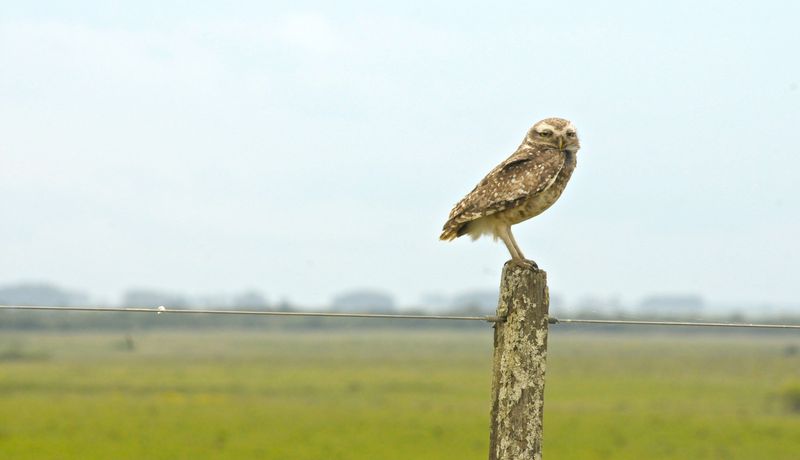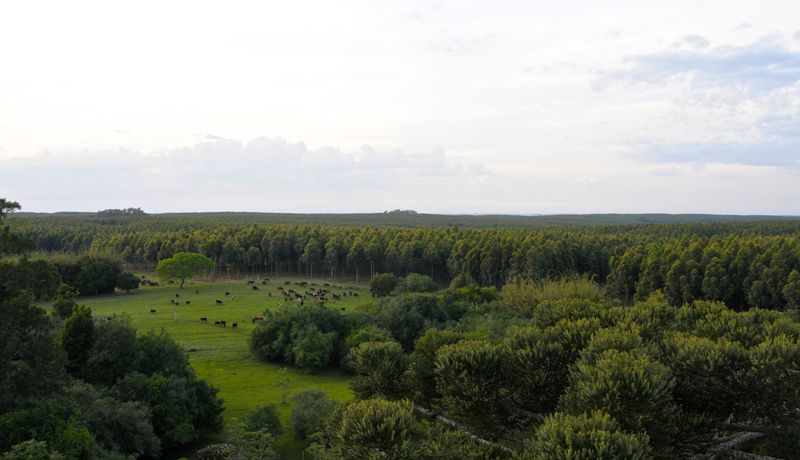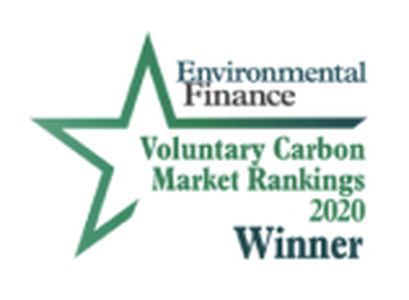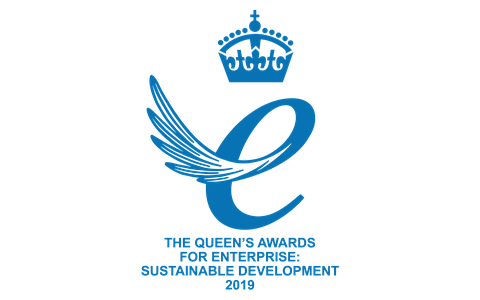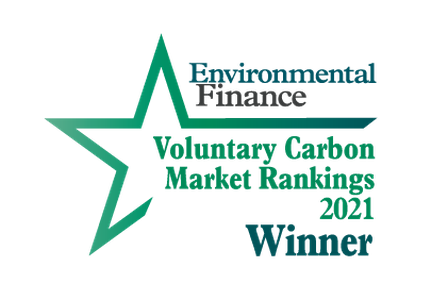The main objectives of this project are sustainable wood production, land restoration, and carbon sequestration through afforestation. Using carbon finance, this project has established a better form of land use, combining sustainable forestry with cattle grazing. Trees are planted on the higher and more degraded land, reducing further topsoil degradation, while cattle graze the lower, unwooded areas.
As a forestry project, the nearly 20,000 hectares of trees will be harvested on a 22-year rotation, so timber products will be produced to provide local work, divert demand for illegal/unsustainable logging and store carbon sequestered from the atmosphere. The project is certified by the Forest Stewardship Council (FSC), balancing timber production and sales with habitat creation.
Since these were previously grasslands, there were no tree species native to the ecosystem where this forest plantation now produces timber and enhances biodiversity conservation within the woodland itself and the surrounding perimeter. In addition, the project team hosts education sessions for local schools about the wildlife that are now able to live and thrive in the project area to inspire the next generation.
This area of Uruguay has been grazed by cattle for over 300 years which had led to soil erosion and degradation of grasslands.
In addition to delivering over 7 million tonnes of emissions removals over the project’s lifetime to take climate action (SDG 13), the project delivers additional benefits. The SDG contributions have been indicatively measured:
- Decent Work and Economic Growth: Bringing new income and job opportunities to local communities in rural areas of Uruguay, while respecting existing cattle farmers’ land use.
- Life on Land: This project promotes sustainable forest management and contributes to increasing afforestation rates globally. The newly grown tree canopy also provides habitat for birds, mammals, and amphibians on land that was previously degraded grasslands.
Our goal is to deliver 1 billion tonnes of emissions reductions by 2030
600+ projects have been supported by Climate Impact Partners
100+ million tonnes of emissions reduced through carbon finance
Delivering towards the Global Goals

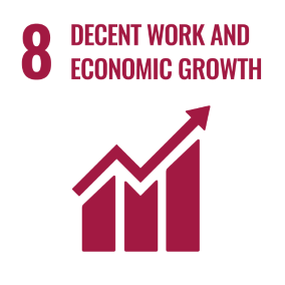
Decent Work and Economic Growth
Promote inclusive and sustainable economic growth, employment and decent work for all
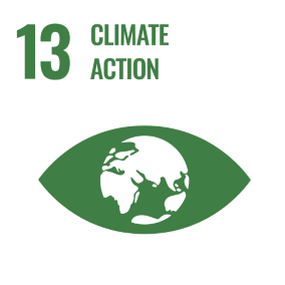
Climate Action
Take urgent action to combat climate change and its impacts
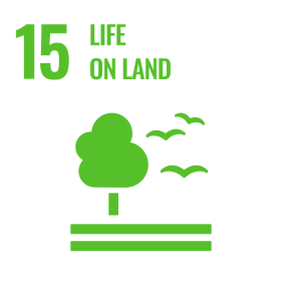
Life on Land
Sustainably manage forests, combat desertification, halt and reverse land degradation, halt biodiversity loss


Supporting our projects delivers on multiple UN Sustainable Development Goals (SDGs). You can read more on the Goals below.
Learn more about the global goalsNext Steps

Explore our projects
Explore our range of projects across the globe: nature based solutions, health and livelihoods and sustainable infrastructure.
Explore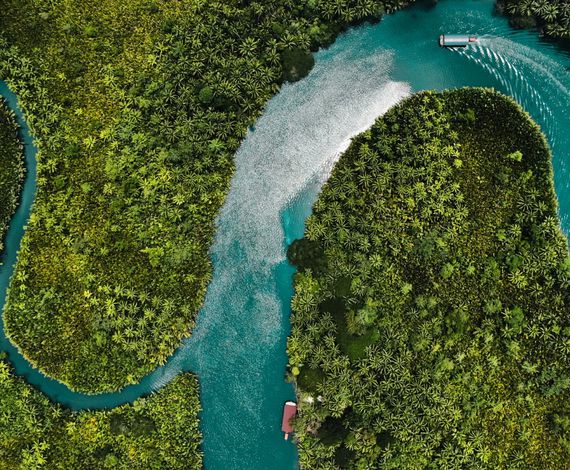
Business Solutions
We are the leading solutions provider for carbon offsetting, net zero, carbon neutrality and carbon finance project development.
Read more


